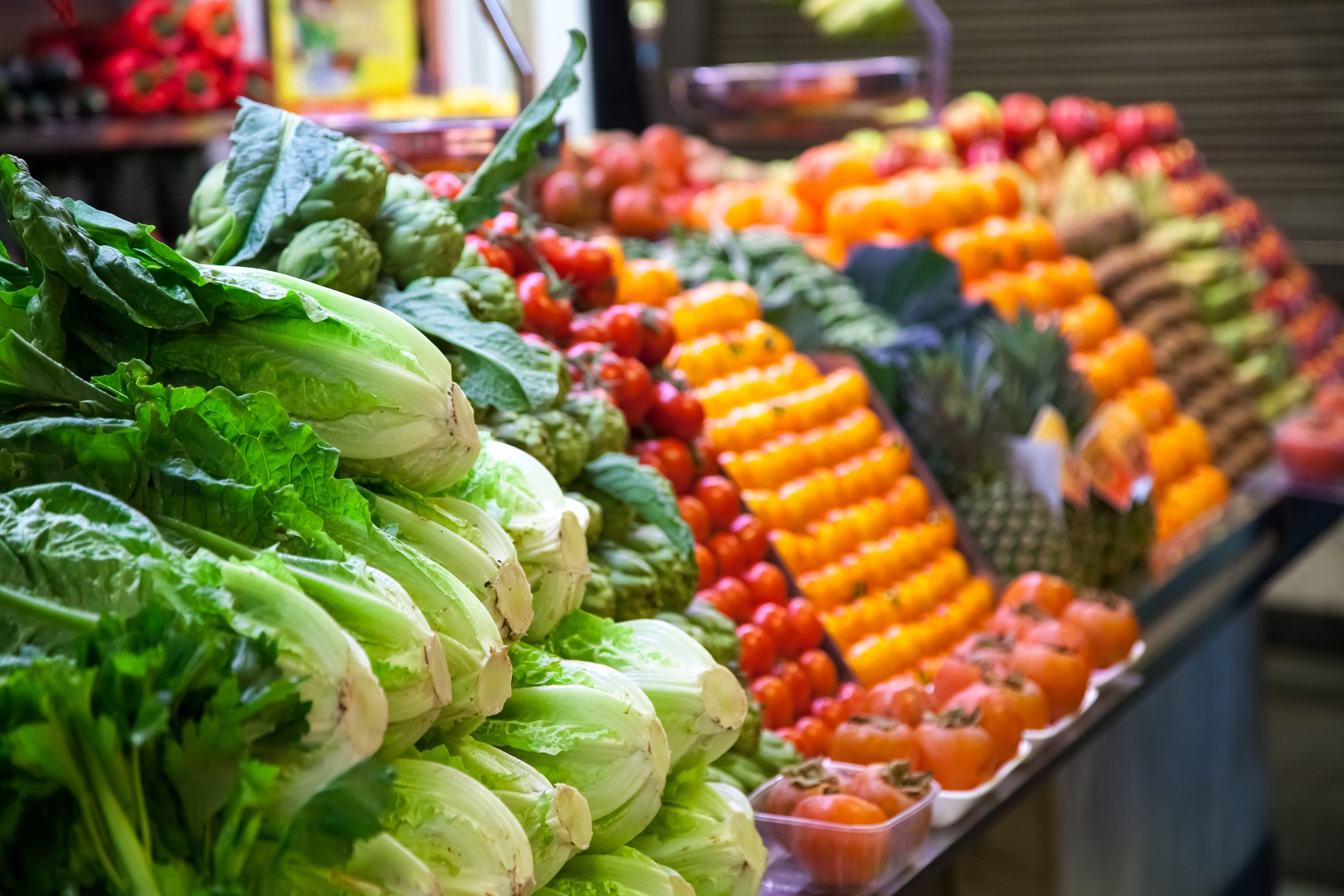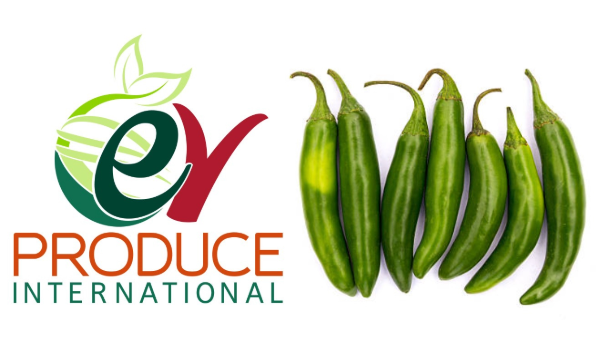Welcome to Blue Book!
Are you ready to join the thousands of companies who rely on Blue Book to drive smarter decisions? View our plans and get started today!
Still have questions? We’d love to show you what Blue Book can do for you. Drop us a line– we’ve been waiting for you.
But first it has to get there—the vast majority of Chilean produce arrives via ship in any number of ports. Wilmington, Delaware is the number-one port in the country for imported produce, and is one of three major distribution hubs, along with Philadelphia and Miami, for the northeastern U.S. and Canada. Produce destined for the western half of the country and western Canada generally arrives at the ports of Los Angeles, Long Beach, or Oakland.
The Retail Perspective
Among the biggest retailers to extol the virtues of Chilean produce is Lakeland, FL-based Publix Super Markets. With more than 1,000 stores in five states, Publix has been importing from Chile since the early 1980s, long before it was fashionable. According to Dwaine Stevens, a Publix media and community relations manager, the demand for fresh produce has always been there — what has changed is the amount consumers want.
“Our fruit import program has grown steadily over the years as a result of continued improvements in quality and volume,” Stevens says. “Our customers expect to see fresh fruit year-round, so having a consistent supply from Chile to support this expectation is extremely important to us.”
Angelo Caputo Fresh Markets sources grapes, stone fruit, citrus—whatever is in season in Chile—through brokers in New York and Philadelphia. With six locations throughout the Chicago suburbs, the Addison, IL-based chain takes advantage of Chile’s long growing season. “Since we started doing business in Chilean fruit, I’ve noticed an improvement in the quality,” says Caputo’s produce buyer Vince Ottolino, finding quality has increased year over year.
“We continue to see new, improved varieties,” Stevens concurs, which he finds translates not only to a better customer experience, but increases demand.
New Frontiers
North America may be the biggest market for Chilean produce, but it isn’t the only one. In terms of tons exported, in 2011 North America accounted for 38 percent, Europe was 27 percent, and Latin America and the Caribbean totaled 16 percent. Asia, particularly Pacific Rim countries like China, Japan, and South Korea, claimed nearly a fifth of the market, up 22 percent from the previous year. One of Chile’s great advantages is the ability to ship directly from its Pacific ports, something competitors like Brazil and Argentina are unable to do.
“Due to the fragile state of the European economy in recent times, Chilean exporters have had to redirect and deepen trade links with other parts of the world,” Rodriguez says. “Good market conditions in Asian countries, especially China and Hong Kong, have allowed an increase in their participation as destination markets for Chilean fresh fruit.”
Just five years ago, the United States and Europe combined claimed 77 percent of Chile’s produce exports. In 2011, however, total fruit sales from Chile to China jumped to $441 million, up 80 percent year-over-year. Demand has also been particularly strong from Russia and the Arab Emirates, says Tjerandsen, due to higher per-capita fruit consumption and increased purchasing power.
At Dole Chile, export volume to China alone has tripled over the last five years, and both Saudi Arabia and Russia are now among the company’s top customers. “It’s good news for trade,” Vicuña says. “When you have more alternatives, trade adjusts to what the market demands.”








